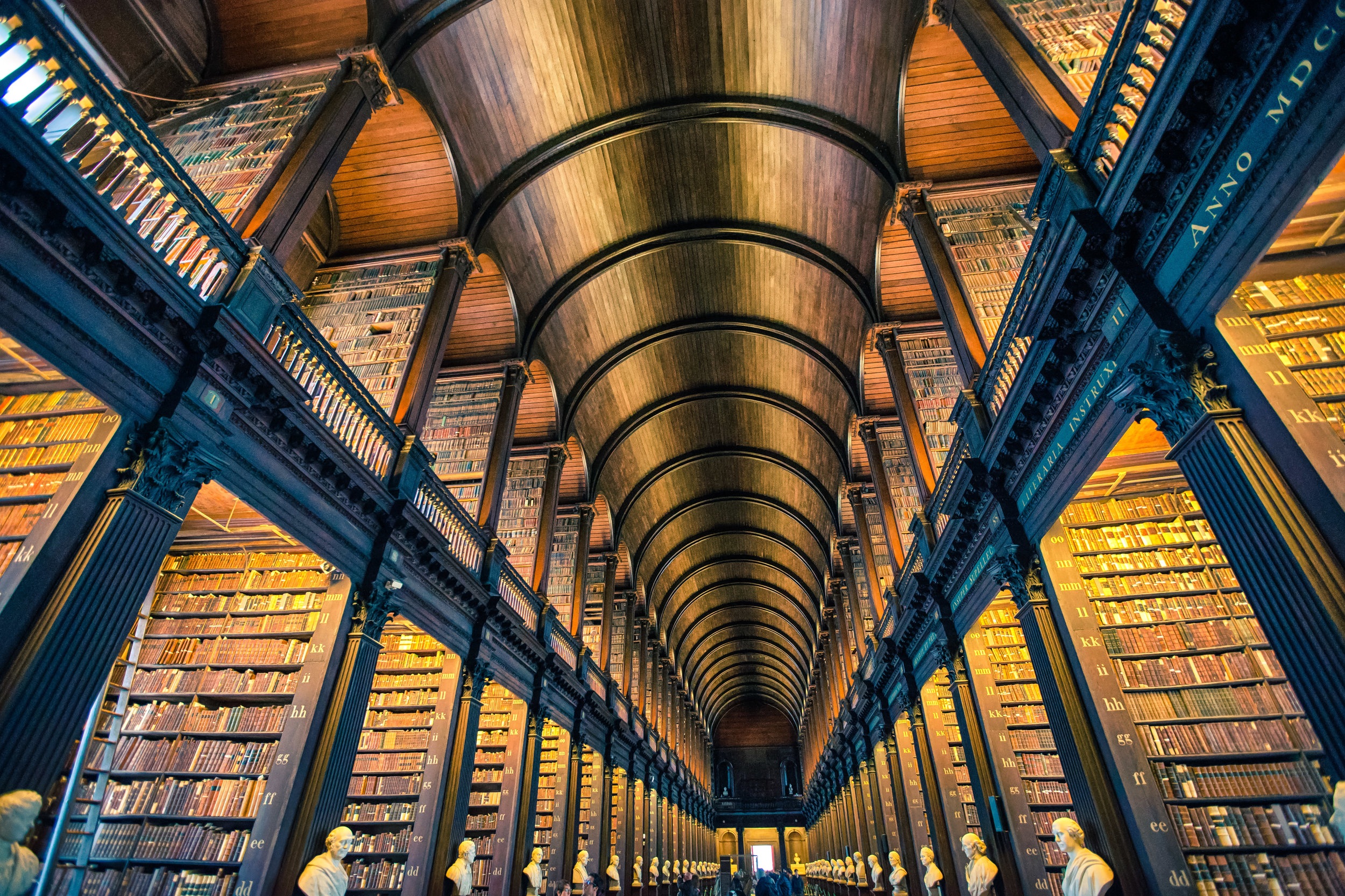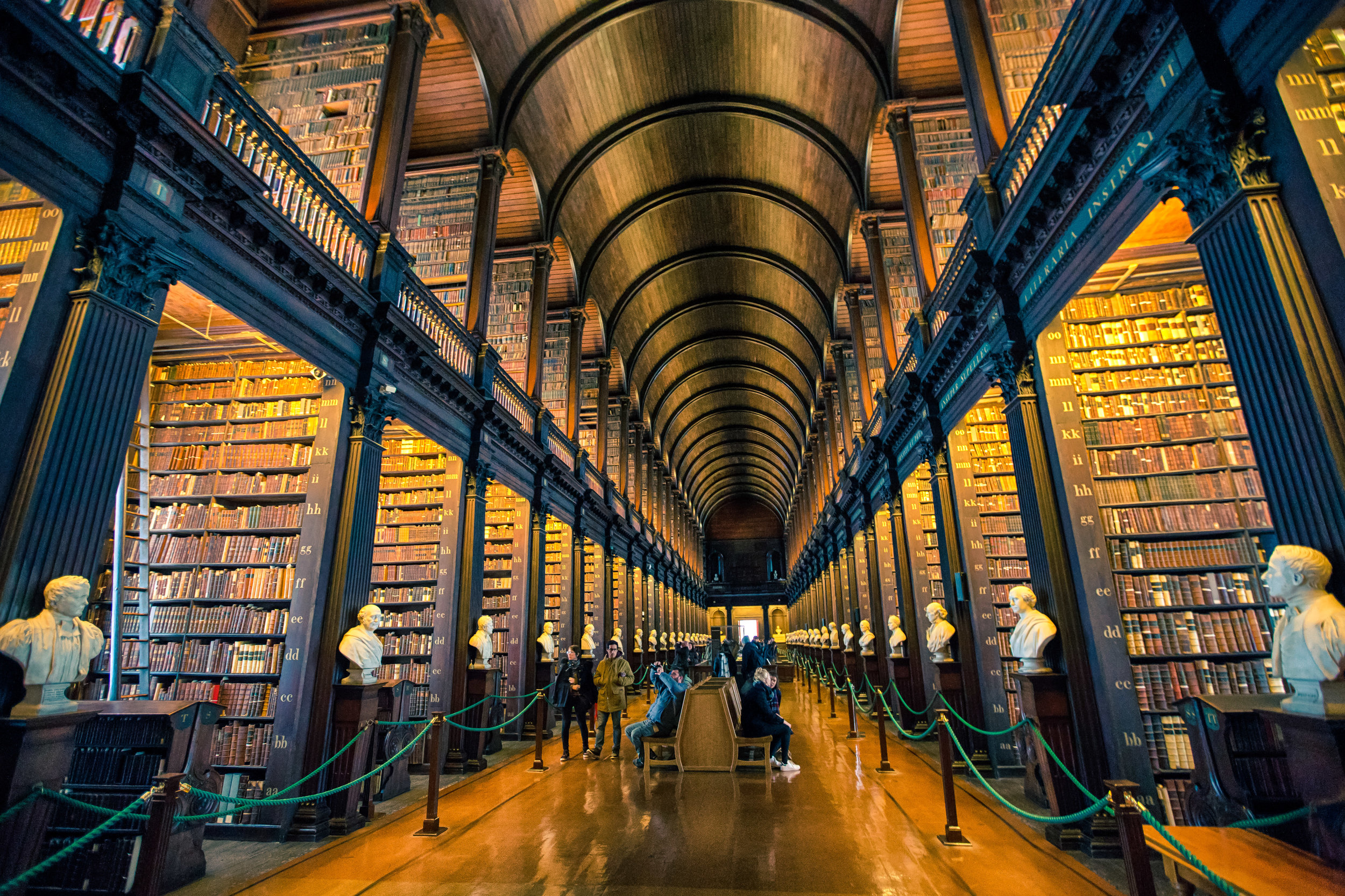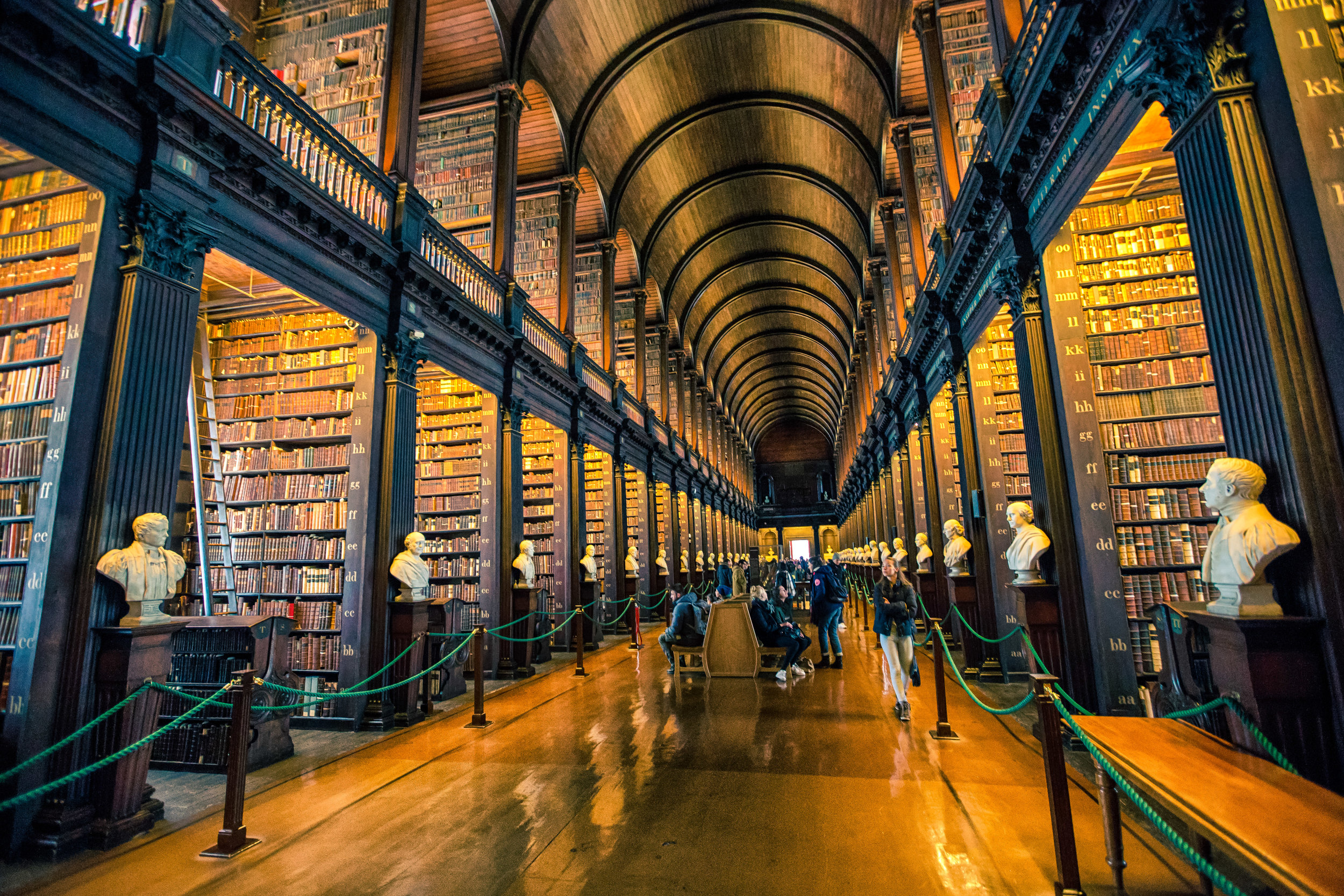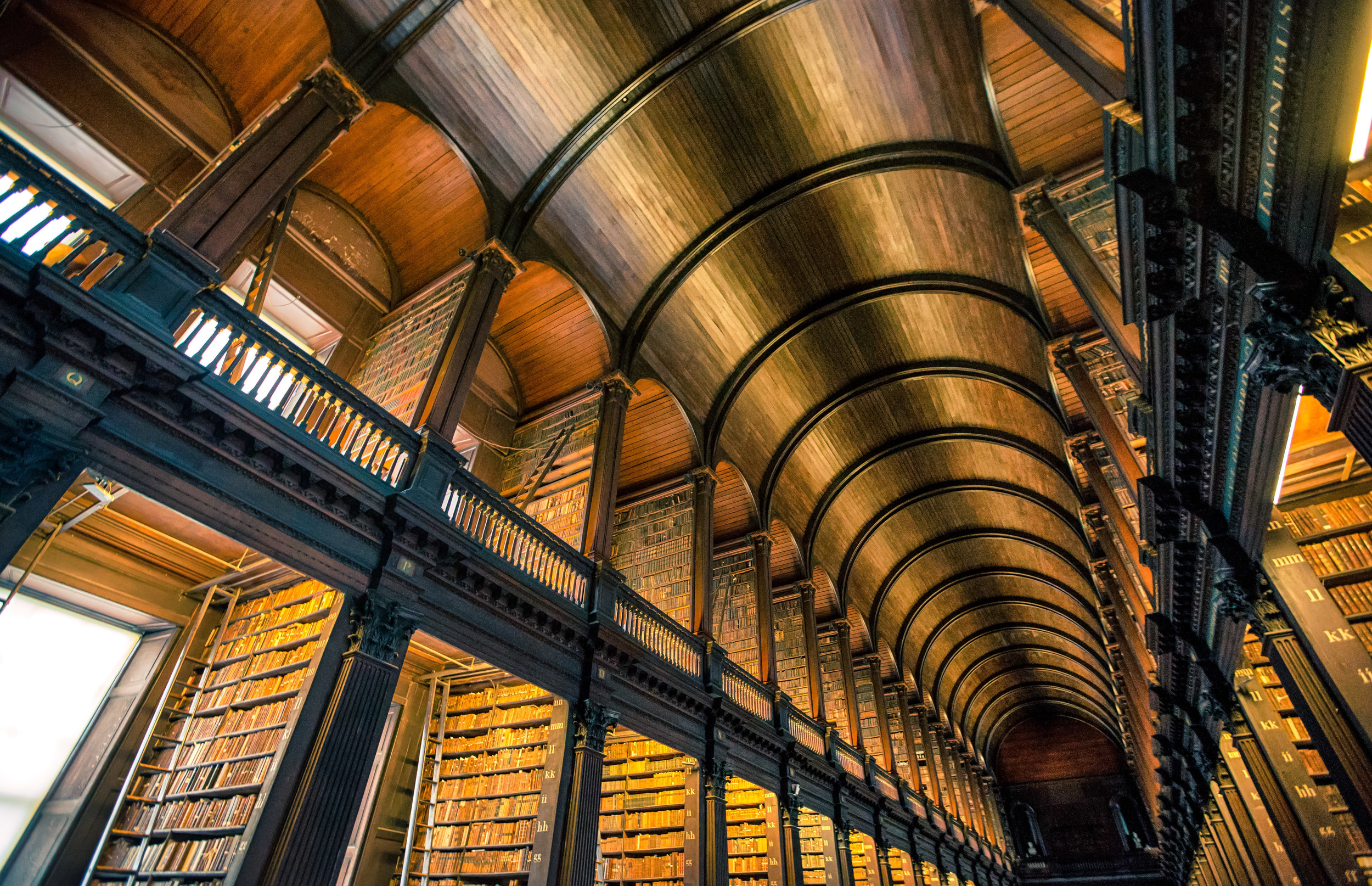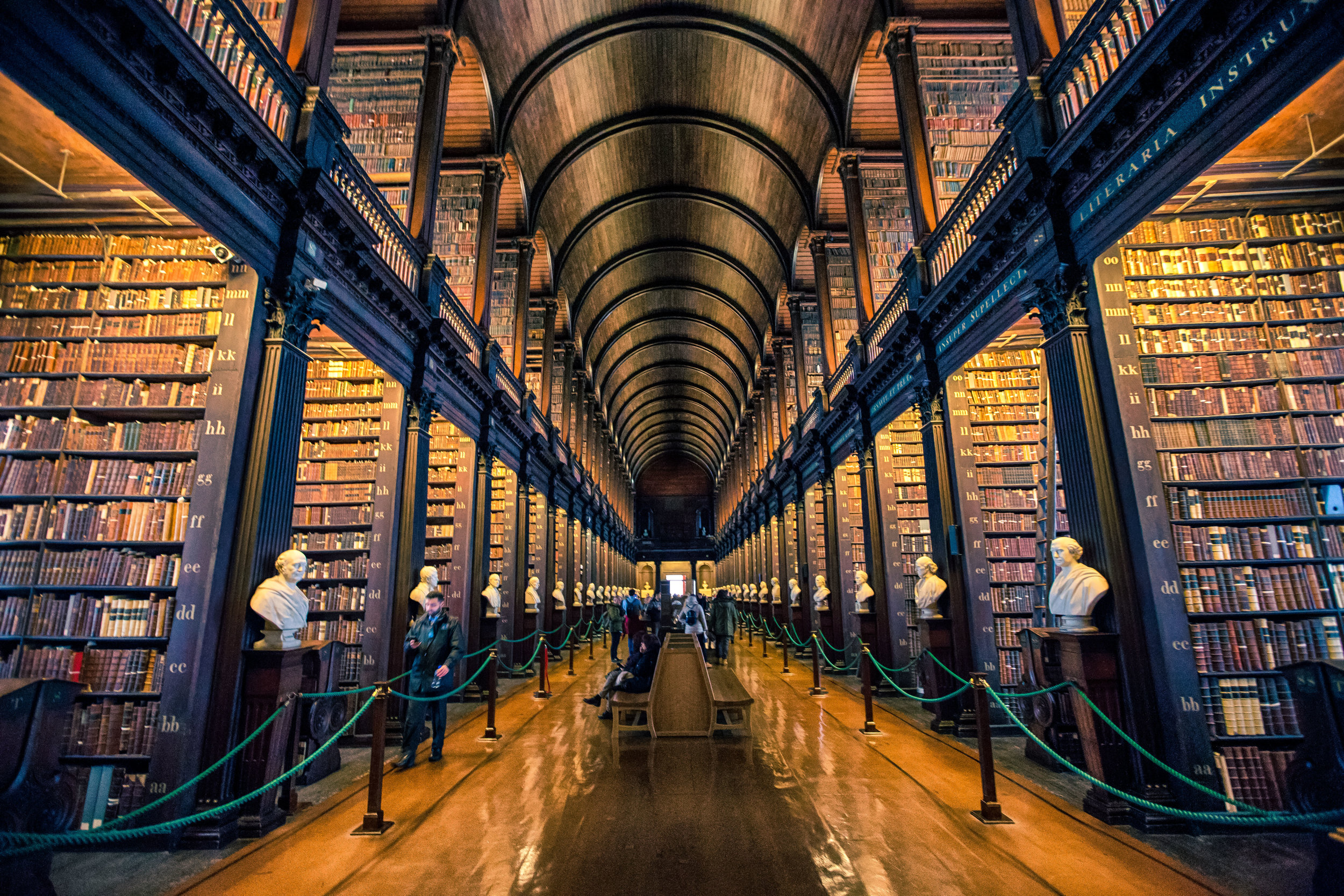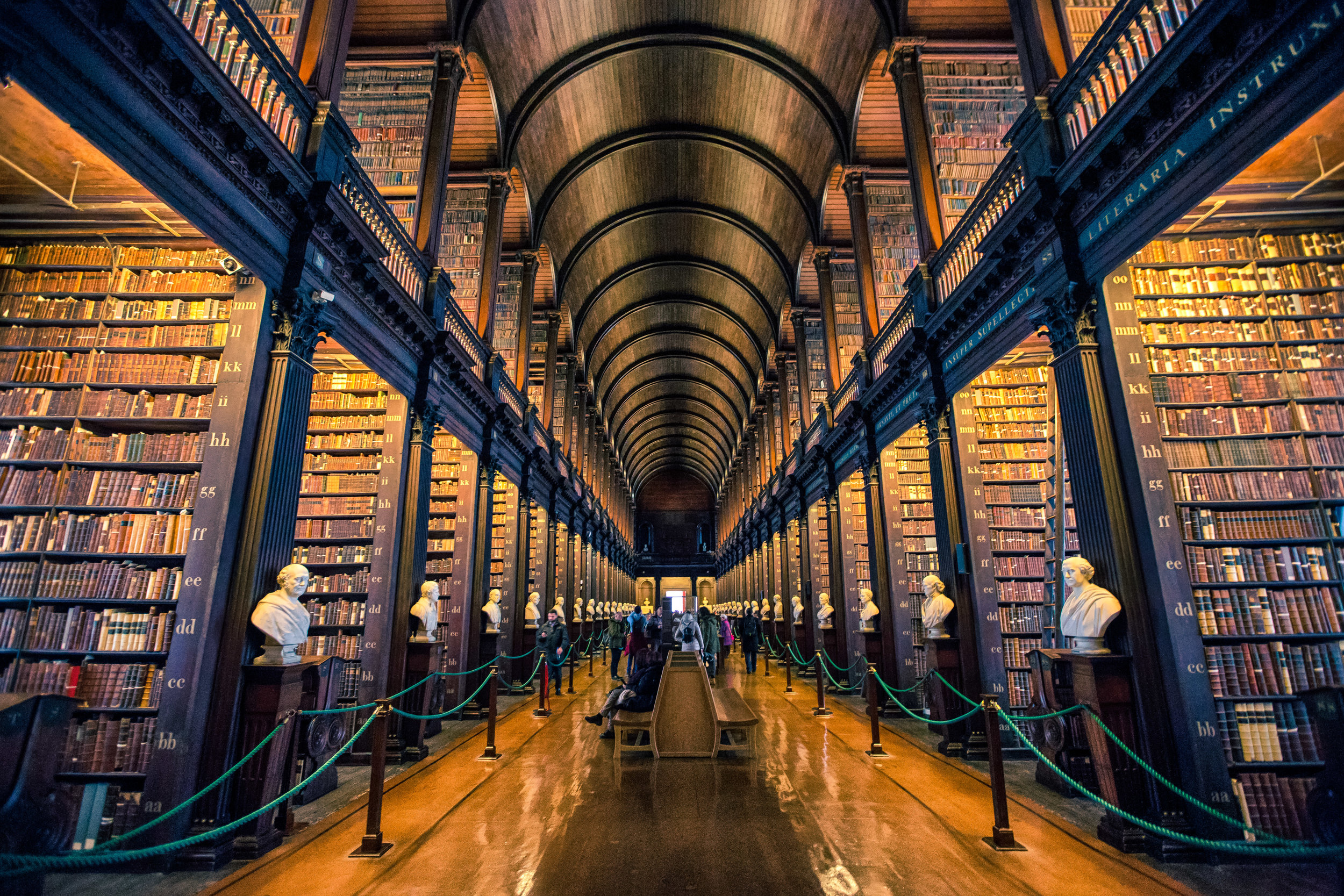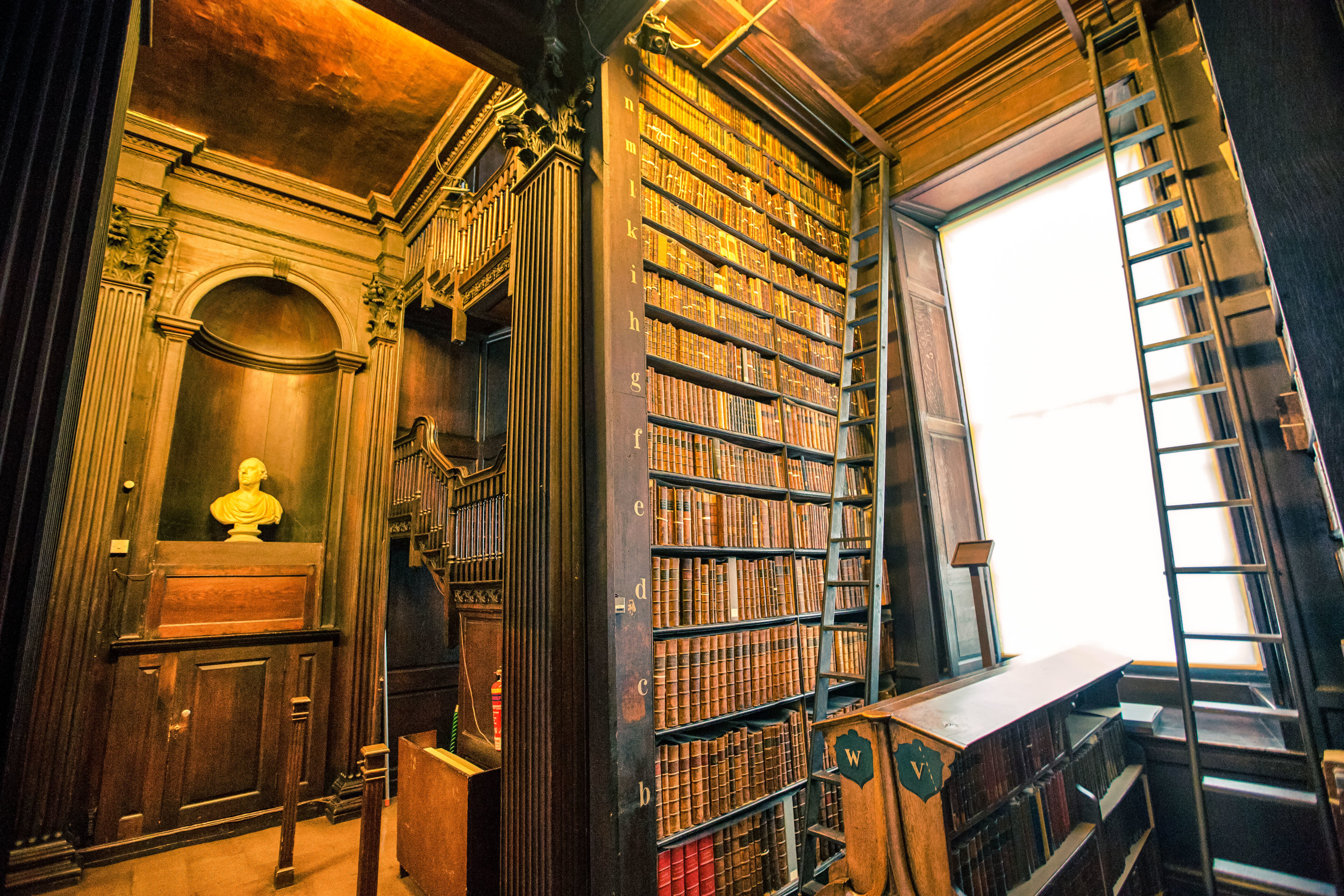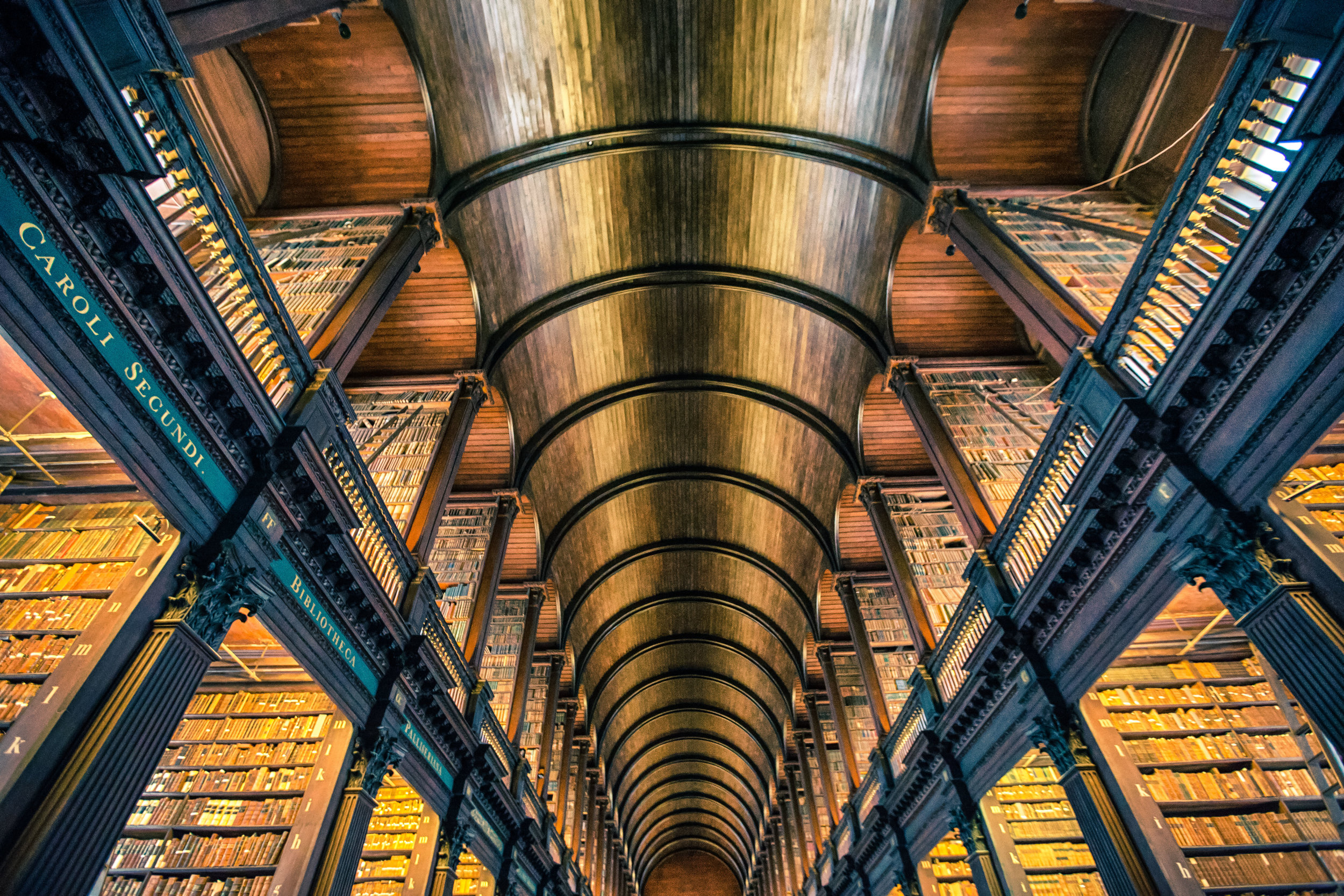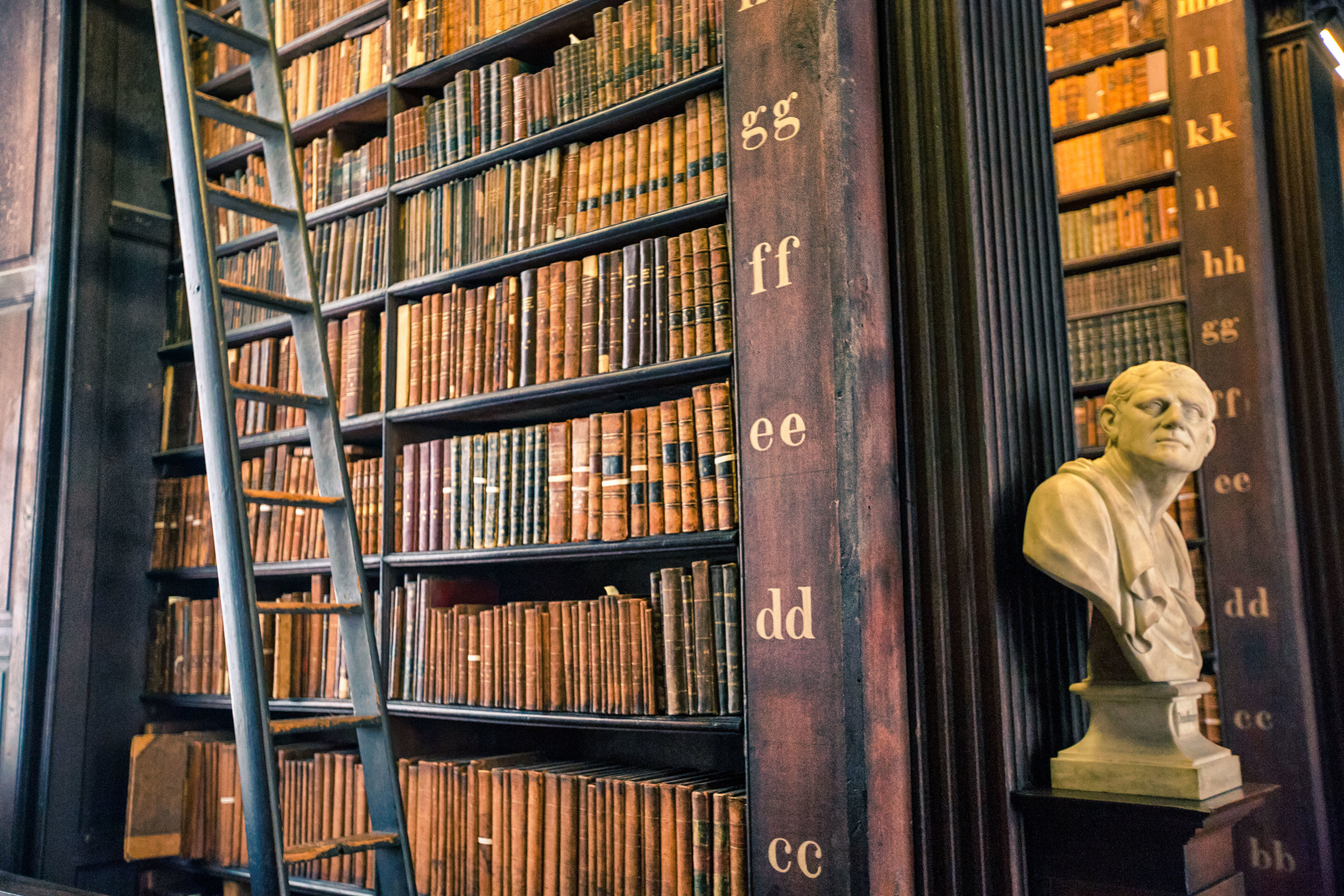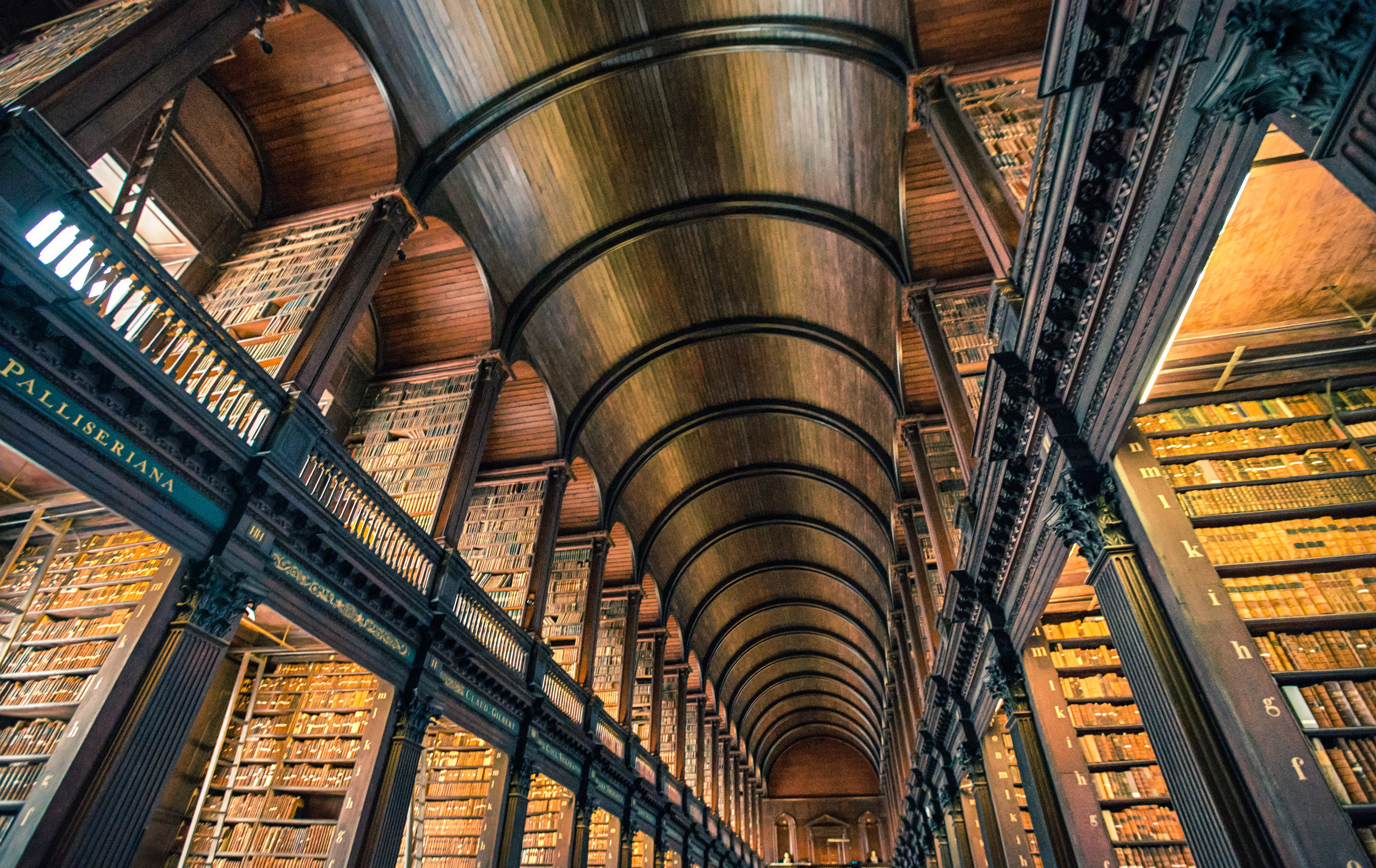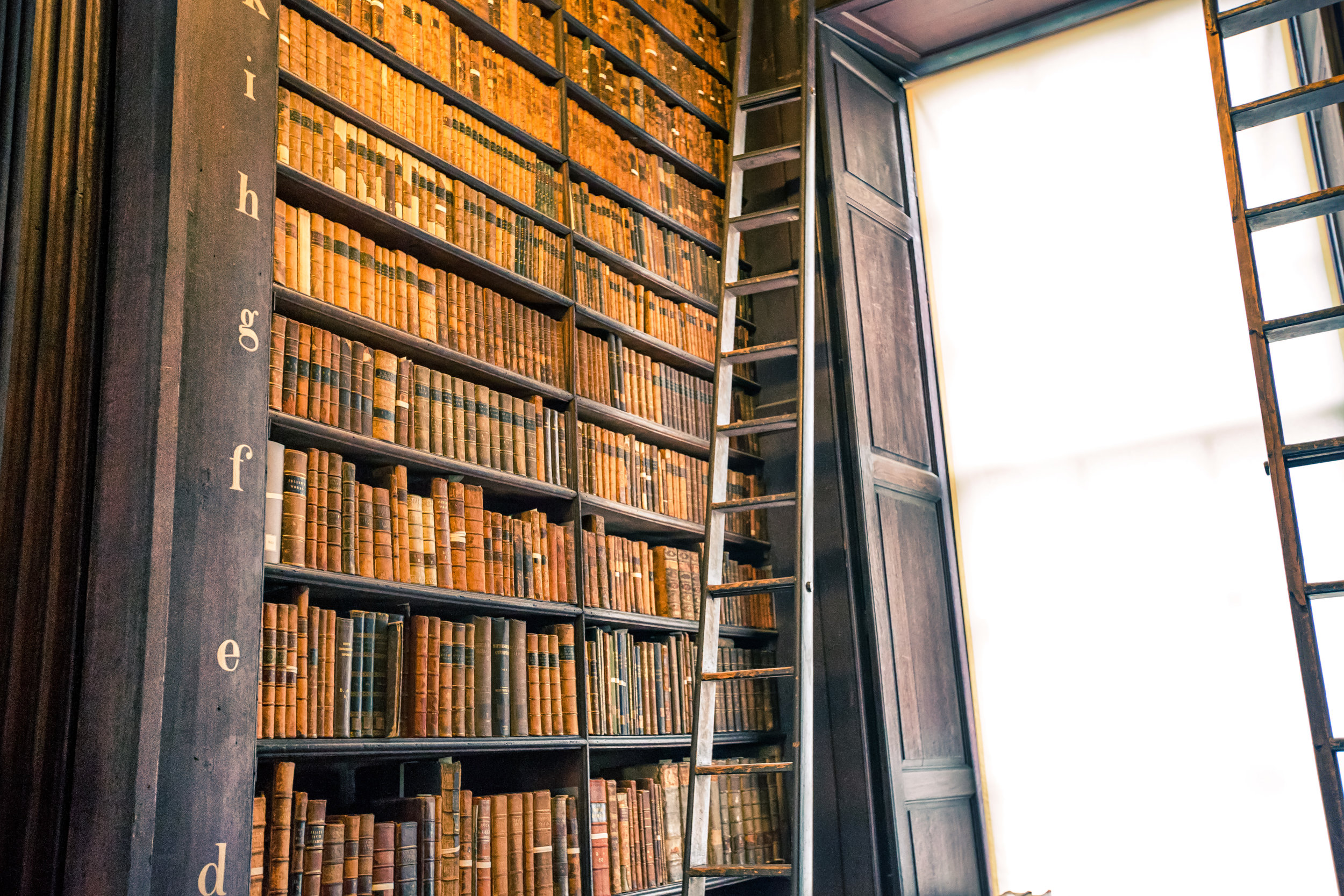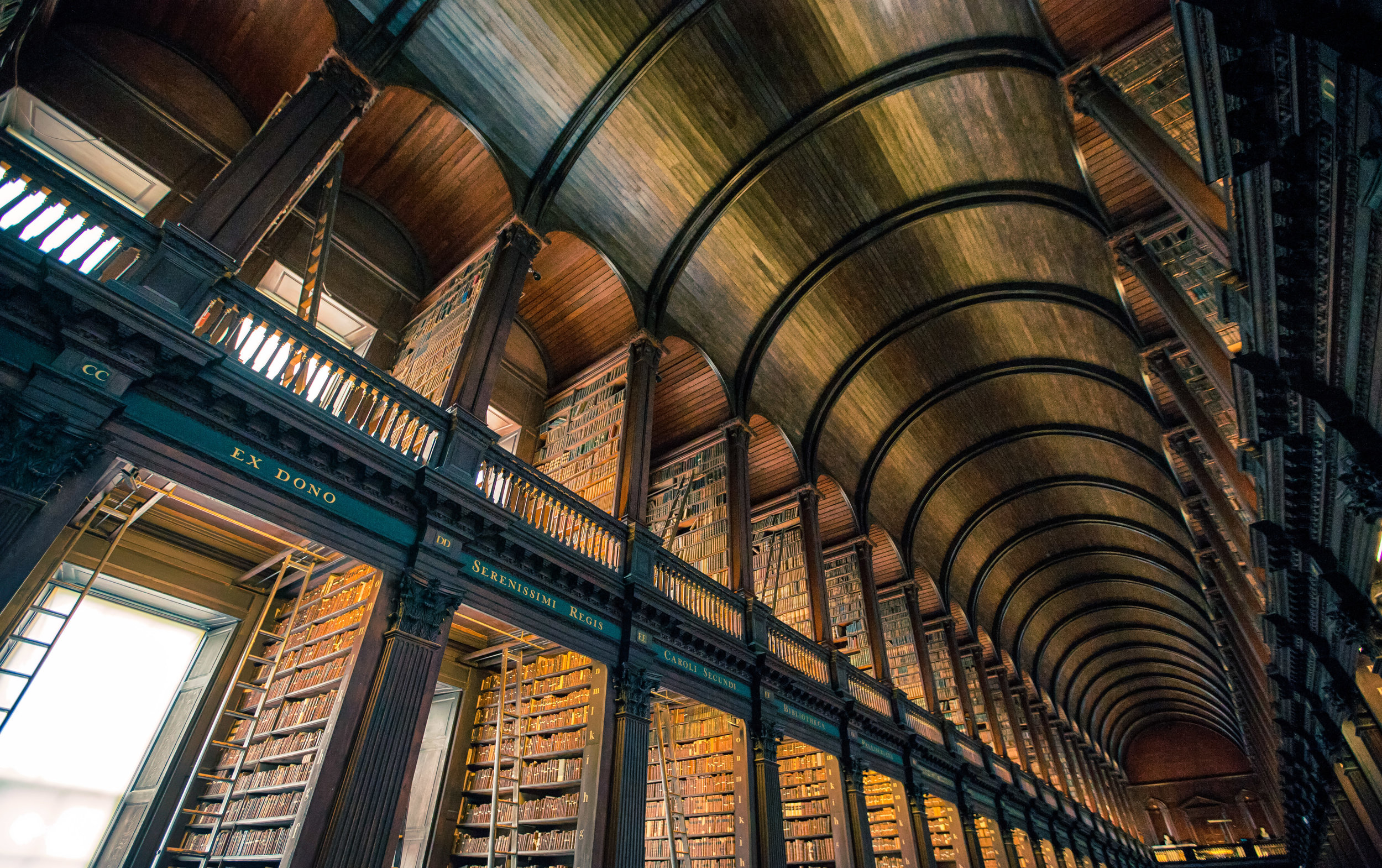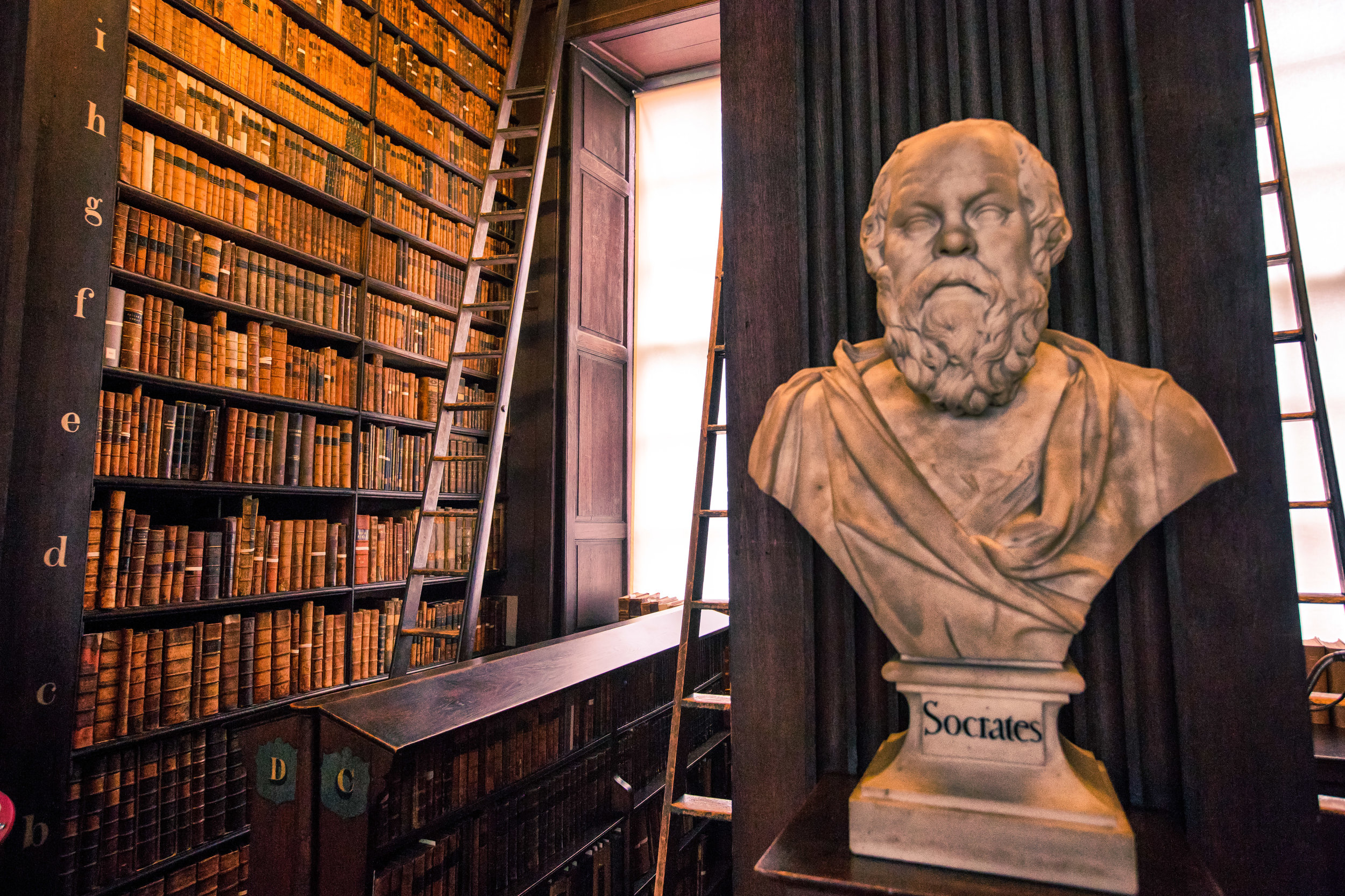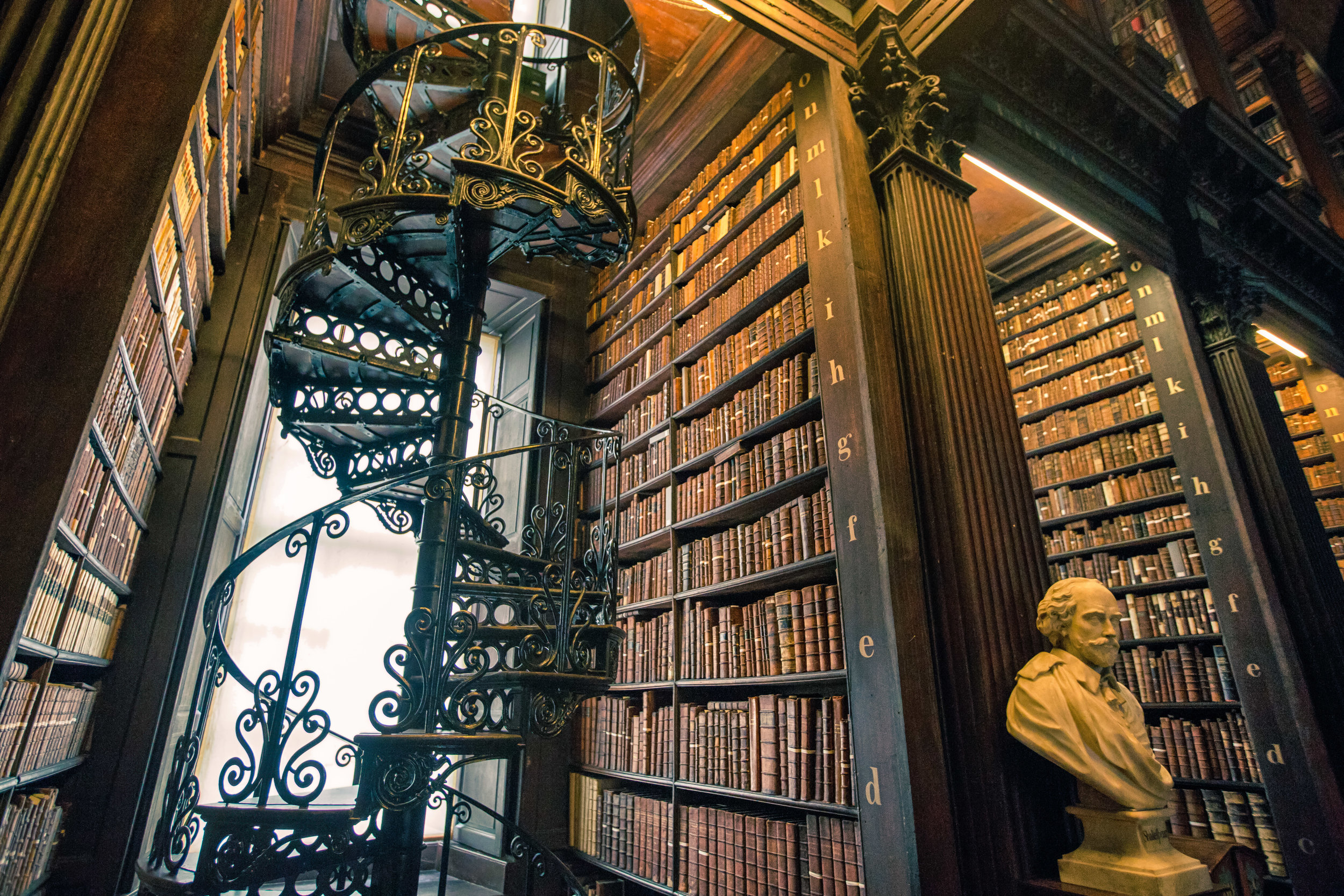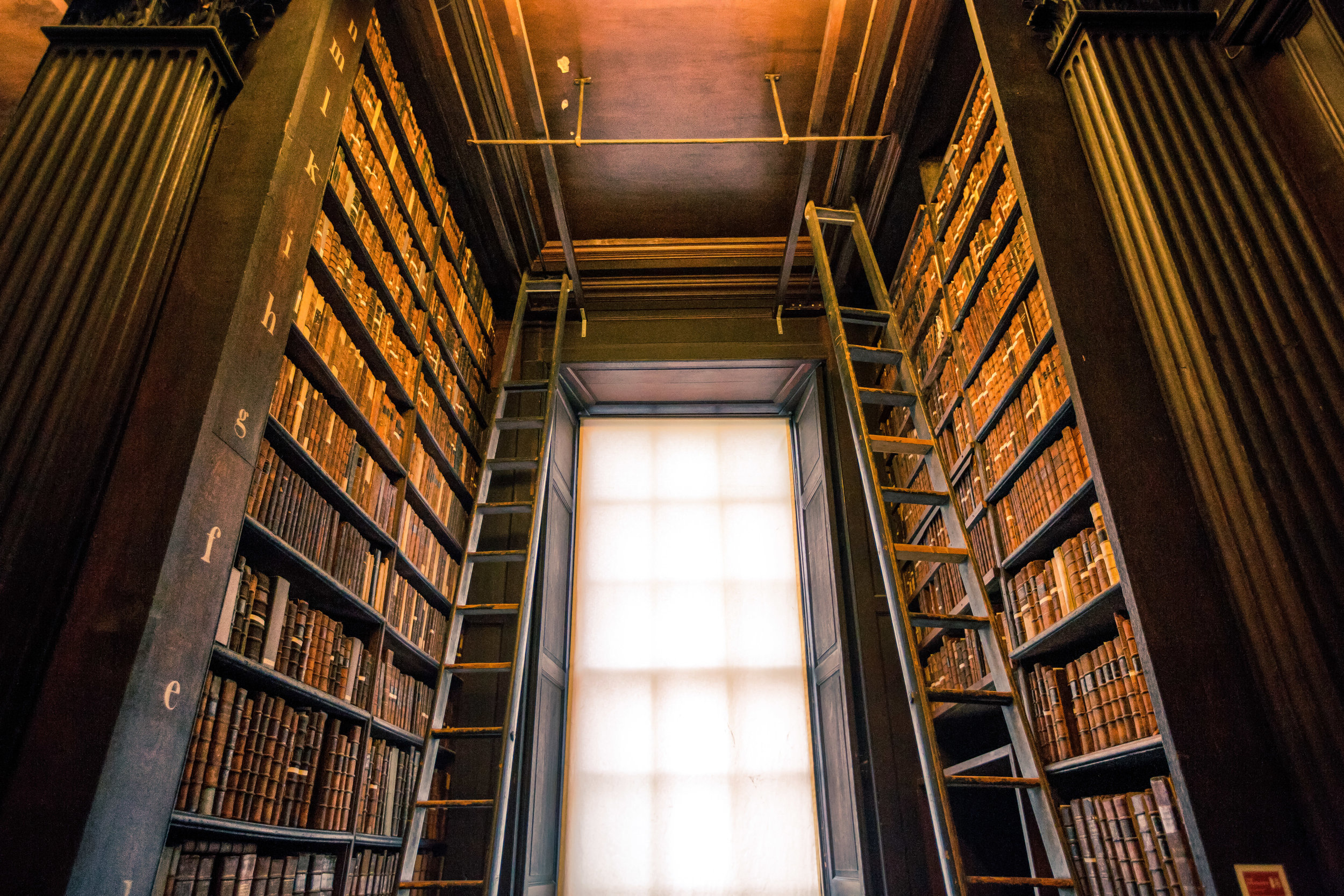The first stop on my month-long Euro-trip was in Dublin, Ireland and even though I didn’t have a lot of time to spend on the Emerald Isle, there were a few places that I figured I had to visit. The first of those of course was an Irish pub for some Irish food and obviously a fresh pint of Guinness before checking out a few different locations that the city had to offer.
I had originally planned to visit the Guinness Brewery for a tour but while randomly walking around the Trinity College campus I saw a long line of people and got curious as to what was going on. I’ve been somewhat conditioned over my years of living in Taiwan to always look to find out why people are lining up, because there is usually something tasty involved - so I walked up to the line and saw that they were all lined up to get into the college library.
I figured it was a bit strange for people to line up for a library, but then I noticed a sign that said the library was home to none other than the ‘Book of Kells’ which pretty much cemented the fact that on my last day in the country, I would be visiting the library and not going on a brewery tour.
Growing up, the Book of Kells was always something that was interesting to me and I have fond memories that go back as far as when I first started to learn how to write in school with our teacher giving us handouts that were designed using the art from the book.
Having the chance to see the over twelve-hundred year old book in person was a chance that I couldn’t pass up, so I changed my plans and decided to go take a tour of the Book of Kells exhibition instead - little did I know that I was in store for a much bigger surprise later.
Trinity College Library
The Trinity College Library serves both Trinity College and the University of Dublin and is the largest library in Ireland. The library is not only the permanent home to the Book of Kells but also has over six million volumes and is the only library in Ireland to have ‘legal depository rights’ making it entitled to receive a copy (upon request) of all works published in the United Kingdom.
The library dates back to the founding of Trinity College in 1592 and today consists of several buildings, four of which are on the Trinity College campus. The original library, known today as the “Old Library” is one of the largest buildings on the campus and is well-known for what is known as the “Long Room” where not only thousands of rare volumes are on display but also where tourists can view the Brian Boru Harp, the national symbol of Ireland as well as one of the last remaining copies of the 1916 Proclamation of the Irish Republic.
The Book of Kells
The Book of Kells (Codex Cenannensis) is an over twelve-hundred year old masterpiece of western calligraphy and art that is thought to have been created somewhere in either Scotland or Ireland and is considered to be medieval Europe’s greatest treasure.
To explain it simply, it is an illustrated version of the four Gospels of the New Testament that masterfully combine Christian iconography with Celtic knots, mythical creatures, humans and animals which together produce a text that is said to glorify the life of Jesus Christ and make his message clear and easy to understand.
There is debate about where and when the Book of Kells was created, but most scholars agree that it was created sometime around the year 800AD. Some argue that it was crafted in part on the Scottish island of Iona before being brought to the Monastery of Kells in Ireland by Viking raiders, while others argue that it was completed in Iona before being taken to Ireland.
What we do know is that the manuscript consists of 340 folios bound in four volumes and was crafted on high quality calf vellum (calfskin parchment). The book gets its name from the former Abbey of Kells which was its home for centuries before being re-homed for safekeeping at Dublin’s Trinity College where it has been kept since 1661.
The Book of Kells has been on display at Trinity College since the early 19th Century and attracts over half a million visitors every year.
Unfortunately I can’t provide any photos of the exhibition at the library due to the fact that photography is prohibited and all images of the book are property of Trinity College. If you want to know more about the Book of Kells be sure to check out the College’s Digital Collection where you can view high-res photos of each of the pages.
The Long Room
As I mentioned above, my visit to the Trinity College Library wasn’t actually a part of my original itinerary but it turned out to be one of the best experiences of my trip to the country and what is known as the “Long Room” of the library turned out to be the icing on the cake.
Truthfully, I had no idea that the Long Room was even a part of the tour - When we bought our admission tickets, we walked directly into the Book of Kells exhibition which was beautifully set up and gave the right amount of information about the history of the books and how they were created and preserved. After a few rooms full of interactive exhibits we got to walk into the room where the books were actually on display.
The display room where you can view the Book of Kells is what I had originally assumed was the end of the tour, so after queuing up for a few minutes to see the books I was getting ready to head to the exit and was thinking about what to eat for lunch.
To my surprise however the only way out led up a set of stairs which we followed and were eventually led into a large open room that was jaw-dropping beautiful.
The room, which has become known as the “Long Room” is a 65 meter long chamber designed with beautifully coloured stained wooden beams and consists of shelves of books so tall that each stack has a ladder available to allow for university scholars to get access to the books they need.
The building that houses the library was constructed between 1712 and 1732 and is today home to over 200,000 of the library’s oldest collection of books. The library, which was designed by famed Irish architect Thomas Burgh once towered over the university and the rest of Dublin with the Long Room being designed as the main attraction for what later become known as one of the most beautiful libraries in the world.
When Trinity College was given legal depository status, the library had to be expanded upon to make room for all the new volumes which were being added to the collection. The original design had a high flat ceiling which had to be remodeled not only to allow for the height of the room to be expanded upon, but also to take into consideration the structural integrity of the building as the weight of the books housed inside was quickly becoming too great for the building to handle.
The redesign which took place between 1858 and 1860 converted the original flat ceiling to one that had a ‘barrel-vault design’, which allowed for additional supports to run from the floor to the ceiling along the edge of the book stacks. With this design, each of the aisles became instrumental in maintaining the structural integrity of the room while also making the long room look somewhat like a cathedral devoted to scholarly study.
Today the Long Room is a bibliophiles wet dream with old books from floor to ceiling with old ladders, beautiful spiral staircases and marble busts that meet you at the entrance of every stack. The busts are designed in the likeness of not only important historical figures in Irish history but also philosophers, inventors and authors such as Aristotle, Socrates, Newton and Shakespeare.
Although the major attraction for most people who visit the library is the Book of Kells exhibit, you’re also able to find on display one of the last remaining copies The ’1916 Proclamation of the Irish Republic’ as well as the ‘Brian Boru Harp’ which is one of the oldest of its kind in Ireland and has become a national symbol for the Irish people with its image appearing on the Irish Coat of Arms, the cover of Irish passports and on Irish Euro coins among others.
Visiting the Long Room turned out to be one of the best parts of my trip to Dublin and was ultimately something that was completely unexpected. Even though visitors are prohibited from taking photos in the Book of Kells exhibition area, its worthwhile to bring your camera with you when you get to the Long Room as its one of those places where you’ll definitely want to get a few photos.
When you visit Europe, you’ll find that the usage of tripods is prohibited in a lot of areas and for me that is quite unfortunate because taking hand-held photos in dark rooms like this can be a bit challenging, but in the end I was quite content with the photos that I was able to get and the experience was one that I would suggest that everyone visiting Dublin makes sure to enjoy.
Getting There
The Trinity College Library and the Book of Kells exhibition is open to the public seven days a week with hours varying by the season. It is generally open between 9:00am and 5:00pm daily with an admission price of €11-14 per person with family and group rates available.
Be sure to check out the website for more details before your visit.
The Trinity College Campus is in downtown Dublin and is easily accessible from the city centre. If you are relying on public transportation, there are dozens of buses that will take you to campus. I suggest using the Dublin Bus website or downloading the free app to figure out which route is best for you based on where you are travelling from. Here is a list of buses and bus stops in the area around the college. The DART stations of Pearse Street, Tara Street and Connolly Street are also a short walk away.
Gallery / Flickr (High Res Photos)
